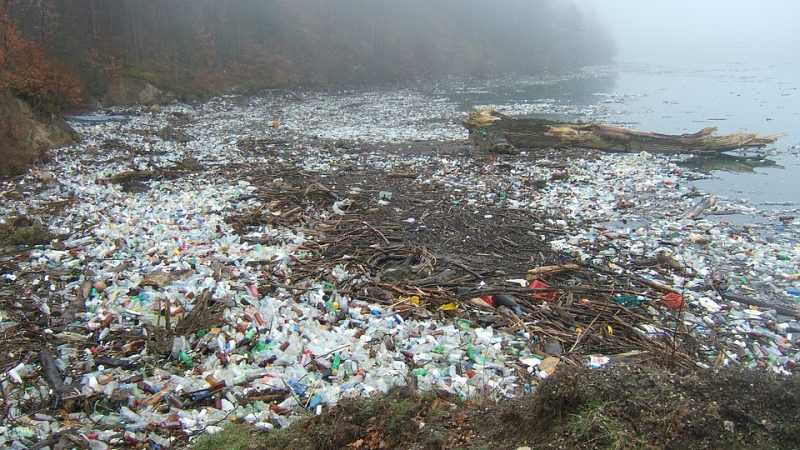Plastic – the material of our time – is omnipresent. As the production is steadily increasing, its recycling lags behind. What if enzymes like esterases could make a change? While bringing about a sustainable life style will not get around reducing plastic usage, responsible resource management also necessitates the implementation of circular economy. As for that, the European Union established the Circular Economy Package. It made plastic one of the five priorities to be targeted and calls for novel and improved recycling processes. And, (bio)-chemical recycling using esterases might just be the method to boost our resource efficiency.
Only one third of the plastic waste is recycled in the European Union. Thereby, plastic is predominantly re-used by shredding it and re-melting the obtained granulate into new products. Chemical recycling, on the contrary, allows the recovery of pure building blocks. The recovered monomeric compounds can then be used for the synthesis of whole new materials. However, breaking plastics up into their single building blocks by current processes is an energy demanding and high-cost technique, rendering chemical recycling the uneconomical approach. The switch to white biotechnology by employing enzymes can push it to a standard procedure.
Polyesters are a widely-used class of plastics. This drives the focus towards esterases and has led to the identification of plastic degrading esterases like Cut190, Pfl1, Thc_Cut1 and lately PpEst. Polybutyrate adipate terephthalate (PBAT), also known as ecoflex, is such a polyester. The bio-degradable plastic finds use in the packaging industry among other things and had a total production of 100 000 tons in 2016. Its industrial composting is hampered by the presence of aromatic ester bonds, particularly strong and stable connections limiting the degradation rate. Acib tackles this bottle-neck by concentrating esterase screenings on that matter. So were Chath_Est1, Cbotu_EstA and Cbotu_EstB identified to hydrolyse these bonds and degrade PBAT, among other plastics. Recently, six novel enzymes hydrolysing plastics including PBAT were discovered within the acib research community. Functional metagenomics on a bog ecosystem led to the identification of the novel esterases EstB3, EstB11, EstC5, EstC7, EstC9 and EstG4. They possess industrially valuable properties such as a moderate to high thermal resistance and a broad operational range for pH and temperature values, as C. A. Müller explains, who was involved in the study. Due to the good polyester degrading properties the six enzymes are interesting for further purposes like sustainable textile biodegradation. “As the esterases have not been entirely explored yet,” C. A. Müller points out “they may hide other interesting synthetic activities besides polyester degradation.”
The bog ecosystem from which the esterases were identified is characterised as a rich source for enzymes and metabolites of industrial and medical interest and is certainly holding more hidden treasures.
Perz, et al. (2015) Hydrolysis of synthetic polyesters by Clostridium botulinum esterases, DOI 10.1002/bit.25874
Perz, et al. (2016) An Esterase from Anaerobic Clostridium hathewayi Can Hydrolyze Aliphatic- Aromatic Polyesters, DOI 10.1021/acs.est.5b04346
A. Müller, et al. (2017) Discovery of Polyesterases from Moss-Associated Microorganisms, DOI 10.1128/AEM.02641-16
Picture credits: Pixabay
